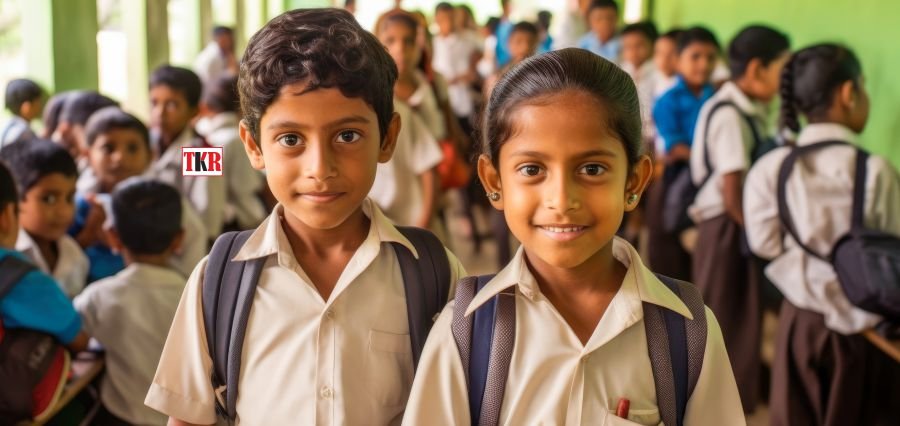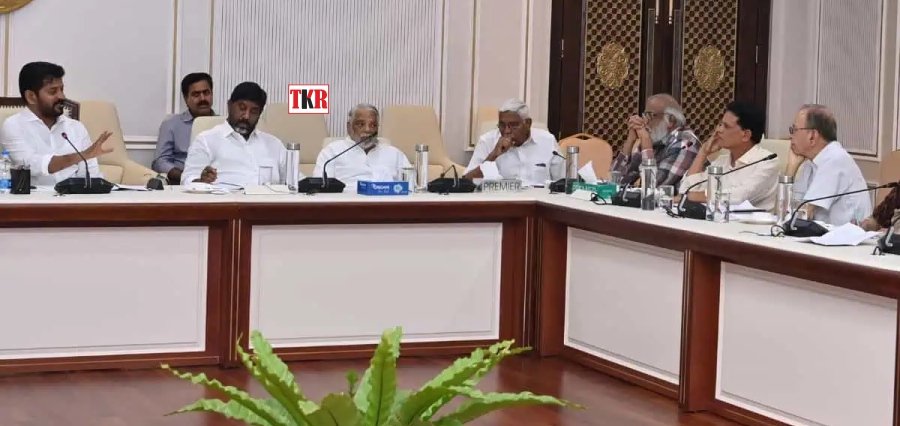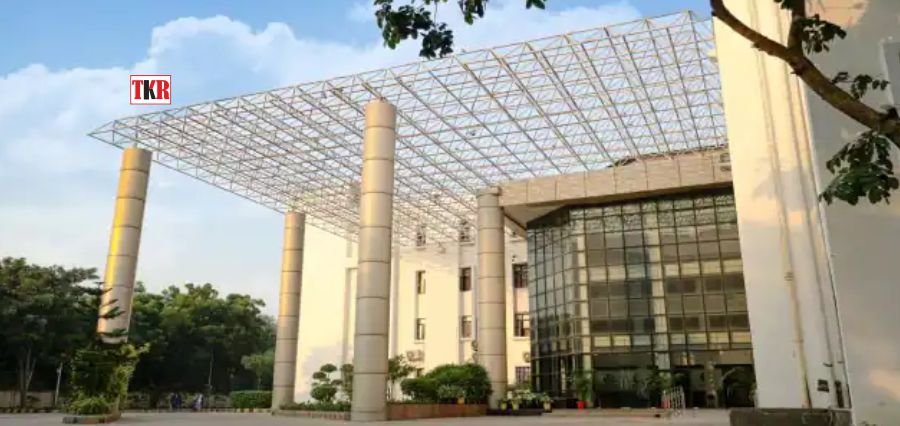Ensuring Roundabout Progress
Photography and cinematography are two distinct fields that need a mix of academic and practical knowledge. While academic knowledge is necessary, practical experience is also required. In this essay, we will explore the significance of balancing theory and practice in photography and cinematography education, as well as how it might be accomplished. Balancing theory and practical learning is essential in photography and cinematography education.
Cinematography involves the artistic and technical process of visually capturing a narrative using camera and lighting techniques, while photography entails capturing the visual representation of an object through the interaction of light or similar radiation with a light-sensitive medium. Engaging in filmmaking and photography goes beyond mere artistic expression; it requires extensive practice to develop a consistent skill set and a discerning eye for both crafts. It is what separates great cinematography and photography from cliche movie-making. Before honing a craft, a deep knowledge of what it entails is critical. Understanding cinematography and photography goes way beyond their definitions.
In this article, we will discuss the importance of balancing theory and practical learning in photography and cinematography education and how it can be achieved.
The Importance of Balancing Theory and Practice for Roundabout Progress
Any discipline, including photography and filmmaking, requires theoretical understanding. However, practical experience is also essential. Theoretical knowledge is useless without actual experience. Students develop a greater comprehension of the topics they have learned via practical experience, which helps them to apply theoretical knowledge in real-life circumstances.
Combining academic and practical knowledge should be viewed as generating bookworms with enough industry exposure as well as street smarts. After all, there’s no doubt that establishing a balance between academic and practical knowledge has innumerable advantages.
Finding a Balance
It is difficult to strike a balance between academic and practical learning. However, ensuring that pupils obtain a well-rounded education that prepares them for the actual world is critical. Here are some strategies for achieving a mix of academic and practical learning in photography and cinematography school.
Practical Experience
Giving the students hands-on experience is one of the finest methods to establish a balance between academic and practical learning. Internships, seminars and practical tasks can help with this. Hands-on experience helps students to apply theoretical information in real-world circumstances, allowing them to obtain a better comprehension of the topics they have learned.
Curriculum Redesign
Changes to the curriculum are required to guarantee that academic personnel with industry expertise can give students with real-life scenarios in the future. This will reduce the inclination of academic personnel with no industry expertise to provide theoretically based course materials, particularly in business, commerce, or mass communication courses.
Industry Collaborations
Another method to attain a mix of academic and practical learning is through industry relationships. Students can obtain practical experience by working with specialists in the field through industry collaborations. Internships, seminars and practical tasks can help with this.
Enhanced Creativity
According to Appalachian State University’s Theatre and Dance, theatre students improve creativity in areas such as acting, design and creative problem-solving. Similarly, students of photography and cinematography may expand their creativity by applying academic knowledge to real-world settings.
Improved Communication Skills
Theatre students learn crucial oral communication skills for communicating effectively, lucidly and intelligently. Similarly, students of photography and cinematography may develop their communication skills by working on practical tasks that require them to effectively explain their views.
Improved Problem-Solving Capabilities
Theatre students learn to think on their feet, recognize difficulties, analyze a variety of viable solutions and decide what to do. Similarly, students of photography and cinematography may hone their problem-solving abilities by completing practical tasks that challenge them to address real-world situations.
Improved Concept Understanding
Students develop a greater comprehension of the topics they have learned via practical experience, which helps them to apply theoretical knowledge in real-life circumstances. This knowledge can help pupils remember the material and apply it in the future.
Finally, in photography and cinematography education, it is critical to balance theory with practice. While academic knowledge is necessary, practical experience is also required. It is difficult to strike a balance between academic and practical learning, but it is vital to guarantee that students obtain a well-rounded education that prepares them for the real world. Achieving a balance between academic and practical learning in photography and cinematography education may be accomplished through hands-on experience, curriculum revision and industry collaborations, to name a few methods. Combining theory and practice in photography and cinematography education offers various benefits, including increased creativity, stronger communication skills, better problem-solving abilities, and a deeper knowledge of topics.





